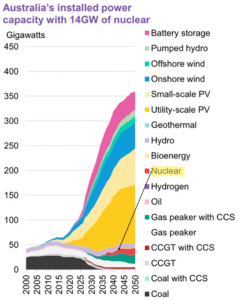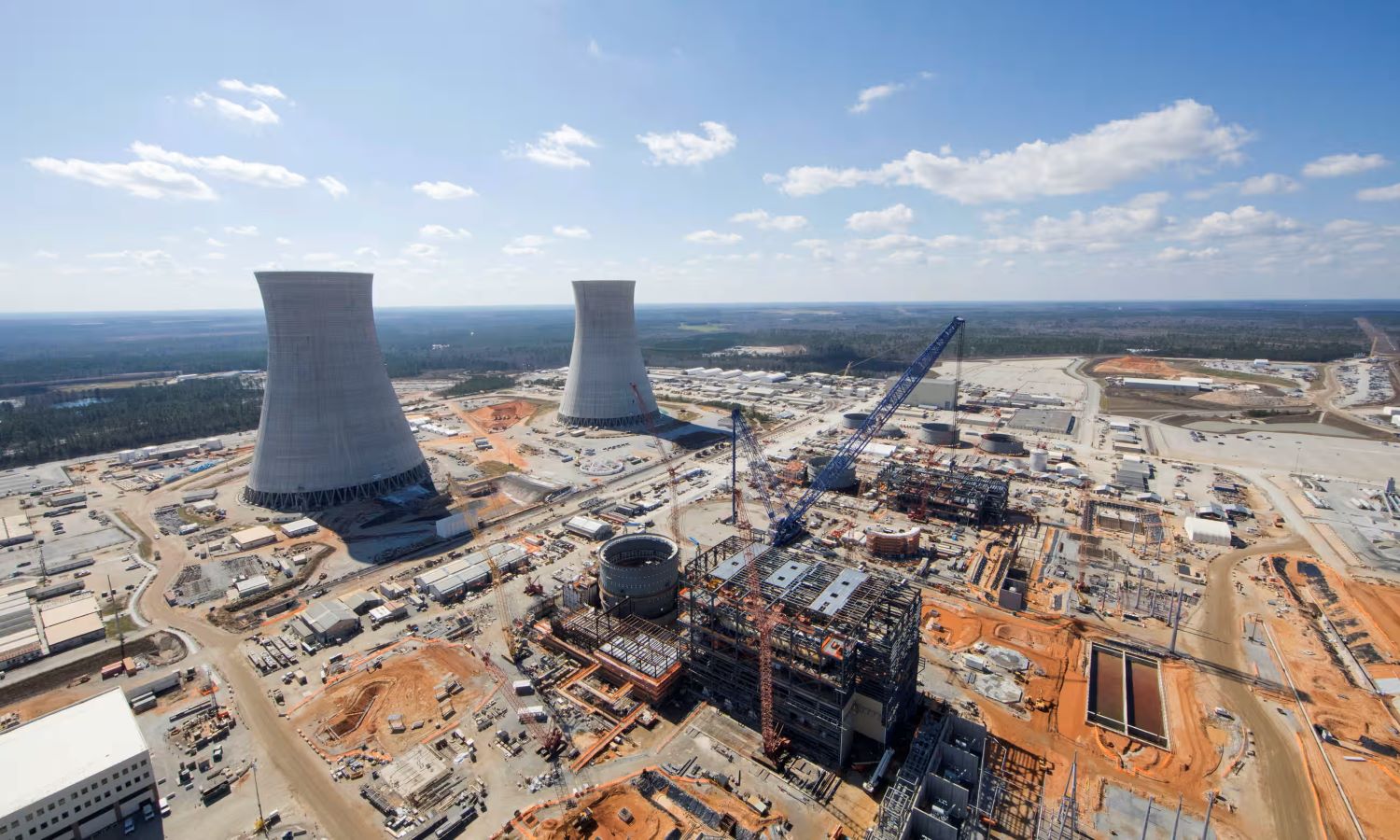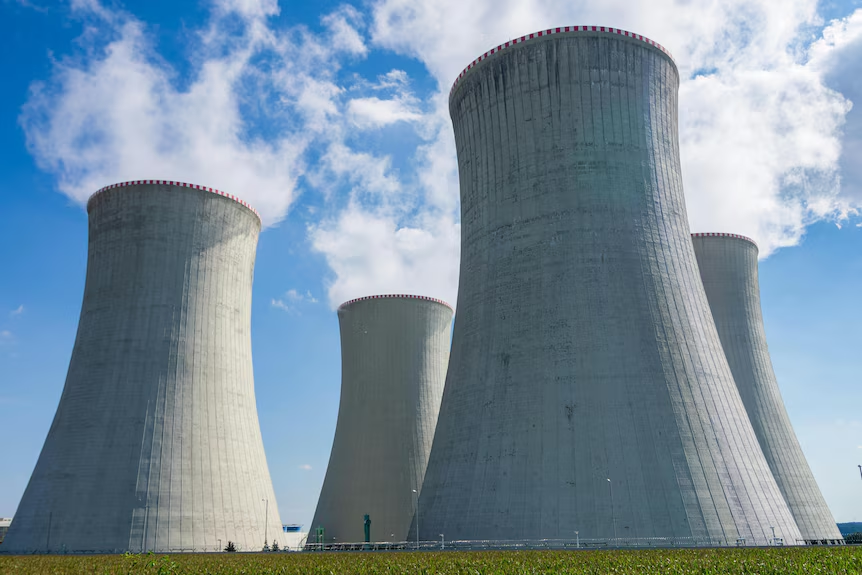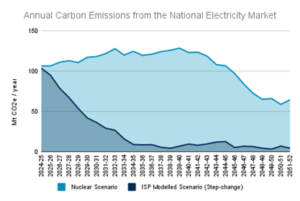The Conversation
1. We don't need it!
In 2010 just 10% of our electricity production came from clean energy, but by 2023 that number had soared to almost 40%. [11]
Rapid advances in energy technology, including large-scale batteries, means we no longer require energy grids to be designed around the old ‘baseload’ model, where large, centralised power stations operated at a constant rate and can’t quickly or efficiently vary their output.
Clean energy grids are being designed around a combination of variable but predictable solar and wind, and dispatchable sources. ‘Dispatchable’ means they can quickly ramp up and down their output like batteries and pumped hydro.
This is a new way of designing an energy grid. But we have study upon study showing exactly how it is possible using the technology we already have. See here, here and here.
This new model works for a number of reasons. Solar and wind output can be predicted in advance, allowing grid operators to plan and engage the required dispatchable output. You can also use ‘demand response’ mechanisms, where large industrial energy users are paid to reduce consumption at rare times of very high demand. This is much more cost effective than building generation capacity that might only be needed a few hours each year – which occurs in baseload systems. As nuclear generation is not flexible, introducing it to the energy mix would require rooftop solar system to be disconnected from the grid during the day! [12]

As you can see from the graph below, even if the Coalition’s proposed nuclear plants were built, they would only be a small, but very expensive, fraction of our energy grid. We would still need to move full steam ahead with renewable energy.

SEE THE LITTLE RED SLIVER? THAT'S ALL NUCLEAR WOULD BRING TO THE TABLE ... SOURCE: BloombergNEF
Nuclear is costly, time intensive and unnecessary. We need to cut climate pollution now, not in 25 years’ time, and clean energy sources like wind and solar with battery storage are the fastest and lowest-cost way to achieve this.
Header image credit: Zach Korb, Flickr



